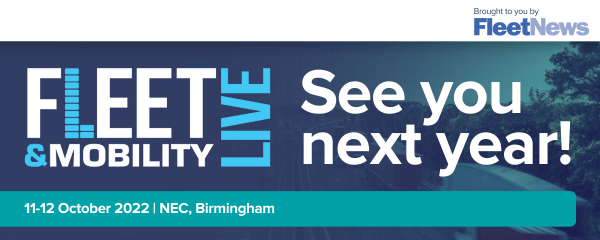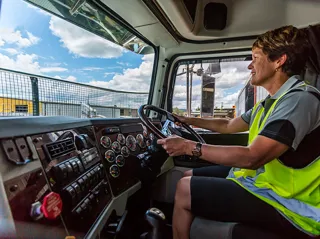By Peter Millichap, marketing director at Teletrac Navman UK
HGV driver shortage is by no means a new problem; however, the issue has been aggravated by the Covid 19 pandemic. As the economy propels back to full strength and supply chain demand surges, haulage firms need to prioritise driver retention and recruitment to avoid coming up stuck.
Spiralling driver shortages have occurred for numerous reasons over the last 12-18 months, causing significant strain on fleet managers and their existing drivers. This has been compounded by the fact that the Department for Transport (DfT) announced a temporary relaxation of the retained EU drivers’ hours rules in England, Scotland and Wales between July 12 – August 8 2021, meaning that HGV drivers could increase their daily driving limits from nine to 10 hours or change weekly rest patterns on Mondays.
Although the DfT confirmed that this relaxation reflected the “exceptional circumstances” stemming from a shortage of HGV drivers causing “acute supply chain pressures”, the concept of this policy compromises road safety, as it increases the likelihood of overstretched and exhausted drivers.
The UK’s commercial drivers have been crucial to keeping the economy going, delivering goods across the country all throughout the pandemic.
In fact, in 2020 the online share of retail spending jumped from 19% in January to 33.4% in May – the highest on record – with commercial vehicle drivers making this possible. Not to mention that according to the RHA, during this time Brexit resulted in an estimated 15,000 non-UK drivers returning to their own countries, further shrinking and overextending the driver workforce.
In addition to this loss of skilled drivers, the industry is also struggling to recruit new drivers due to lack of qualifications.
According to Logistics UK and The Logistics Report Summary 2021, there were 43% less HGV driver tests conducted in 2020 than 2019, with 35% of these conducted in the first quarter prior to the pandemic. However, during the first lockdown period of April to June, only 631 tests took place. By comparison, in 2019, 18,625 tests were conducted over the same time period.
As the economy improves, freight revenues are forecast to grow by an average of 4.3% annually from 2020 to 2025. To manage this growth, companies such as Tesco are offering to pay £1,000 to HGV drivers joining before September 30, which is devastatingly hard to compete against for smaller businesses that make up a large proportion of the haulage industry.
However, there are various ways in which haulage firms can take driver recruitment and retention into their own hands – offering incentives, bonuses and training to attract and retain drivers.
Driver appreciation is an important place to start. Teletrac Navman recently launched an initiative to find hidden heroes within the transport industry who have gone the extra mile, with its latest award going to the team at John Pearce Transport.
The company has managed to retain lots of loyal drivers but have found it difficult to compete with other haulage companies who are offering big salaries to attract drivers.
During the pandemic, John Pearce Transport has delivered gowns, beds and PPE to hospitals and have recently created a scheme that sees them pay for three aspiring drivers to become qualified. A very worthy business for the Hidden Hero Award. Pearce Transport has decided to donate the Hidden Hero prize fund to Neath Port Talbot Mind charity.
So, when companies take the time to let employees know that they are valued, it inspires them to continue doing even more and be inspired to go the extra mile.




















Login to comment
Comments
No comments have been made yet.